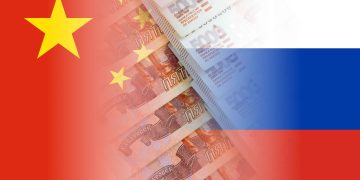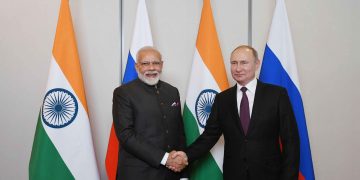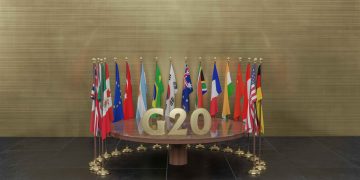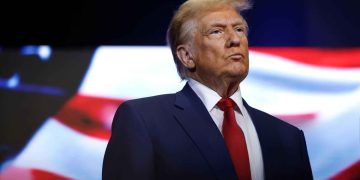Elvira Nabiullina, the governor of Russia’s central bank, has announced a significant increase in transactions conducted in national currencies among BRICS countries. The share of these transactions has surged to 85%, up from just 26% two years ago.
In her recent interview with RIA Novosti, Nabiullina highlighted that the share of transactions between Russia and BRICS nations in national currencies has grown substantially. She noted, “The BRICS countries’ share has risen to around 40%, compared to less than 30% in 2022 and about 20% in 2021.”
Nabiullina also mentioned ongoing discussions about integrating national payment systems with other BRICS members. Currently, 159 entities from 20 countries have connected to Russia’s alternative to SWIFT, the System for Transmitting Financial Messages (SPFS).
The BRICS group, which originally included Brazil, Russia, India, China, and South Africa, expanded in January to include Iran, Ethiopia, Egypt, and the United Arab Emirates. Nabiullina pointed out that BRICS now represents approximately 35% of the global GDP in Purchasing Power Parity (PPP) terms. As Russia holds the rotating BRICS chairmanship for 2024, increasing the use of national currencies within the bloc is a top priority.
This move towards de-dollarization is particularly relevant given that two BRICS members, Russia and Iran, are under Western sanctions. The focus on developing alternative payment systems is crucial for reducing dependence on the US dollar.
The initiative to shift towards local currencies gained traction during last year’s summit, where BRICS central bank governors and finance ministers discussed strategies for minimizing reliance on the US dollar. Russia has been leading this effort, driven by geopolitical tensions following the conflict in Ukraine. Since 2014, Russia has faced repeated sanctions from the US and the EU, which intensified after its 2022 military actions in Ukraine.
In response, Russia has implemented various measures to lessen its reliance on the US dollar, including using national currencies in transactions with CIS countries and within the Eurasian Economic Union. It has also established currency swap agreements with other sanctioned countries, including China and Iran.





















